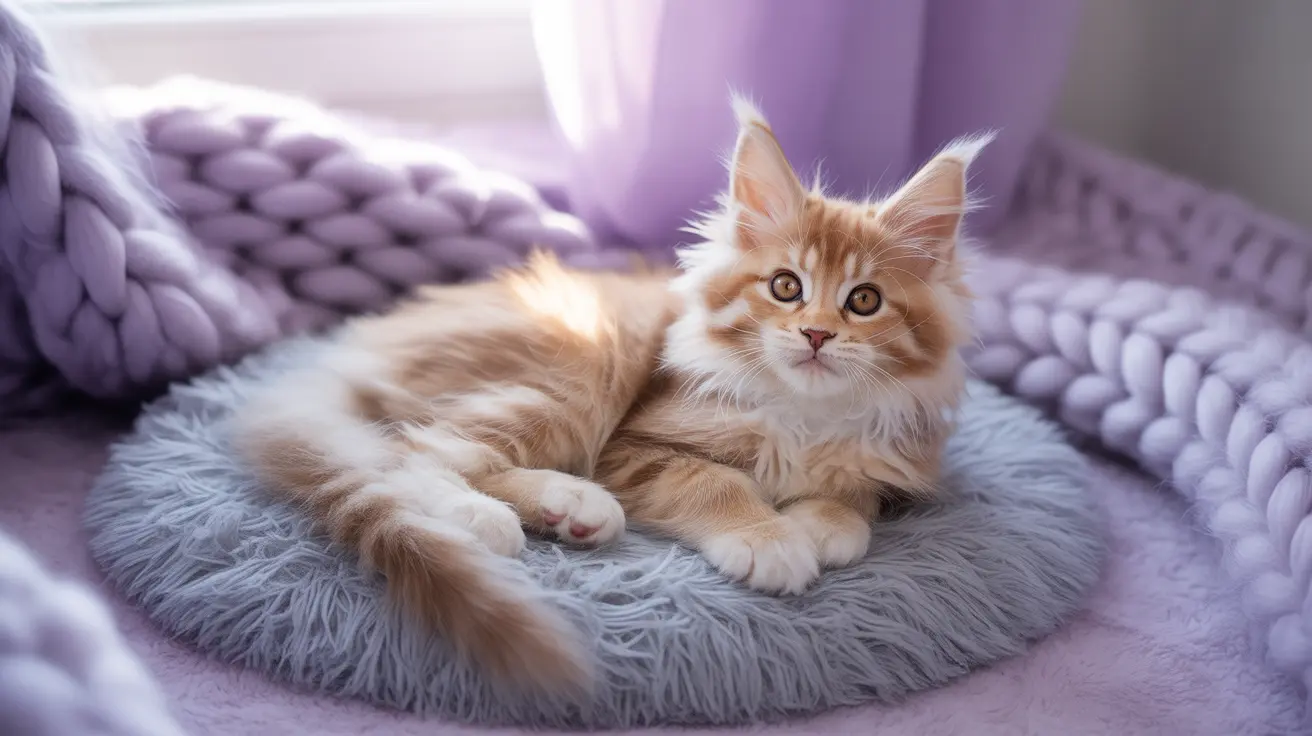Why Kittens Need Artificial Heat Sources
Neonatal kittens (those under 4 weeks old) cannot regulate their body temperature independently. Without proper warmth, they face serious risks including hypothermia, compromised immune systems, and potential organ failure. The ideal temperature for newborn kittens should be maintained between 85-90°F (29-32°C).
Research has shown that kittens kept at appropriate temperatures show significantly better growth rates and have higher survival rates compared to those in cooler environments. This is particularly crucial for orphaned kittens who don't have their mother's body heat to rely on.
Choosing the Right Kitten Heating Pad
When selecting a heating pad for your kitten, always opt for pet-specific products. These are designed with important safety features including:
- Thermostat controls to maintain safe temperatures
- Chew-resistant cords
- Auto-shutoff features
- Removable, washable covers
- Low voltage operation
Never use human heating pads, as these can reach dangerous temperatures up to 160°F and lack essential safety features for pets.
Safe Setup and Usage Guidelines
Proper setup is crucial for your kitten's safety when using a heating pad:
- Always place a thick blanket or towel between the pad and your kitten
- Ensure the kitten can move away from the heat source if needed
- Set up both warm and cool areas in their space
- Monitor the temperature regularly
- Check the pad daily for signs of wear or damage
Alternative Warming Methods
While dedicated kitten heating pads are ideal, there are other safe options for providing warmth:
- Self-warming pet beds
- Microwaveable heat discs (with proper supervision)
- Snuggle Safe heat pads
- Rice socks (for temporary use only)
Each alternative requires careful monitoring and temperature checking to ensure safety.
Special Considerations for Orphaned Kittens
Orphaned kittens require extra attention to their heating needs. They need 24/7 heat until they're at least 4 weeks old. When caring for orphaned kittens:
- Maintain consistent temperature monitoring
- Have backup heating methods ready
- Check them frequently for signs of overheating or chilling
- Keep detailed records of their temperature and behavior
Frequently Asked Questions
How do I safely use a heating pad to keep a neonatal kitten warm?
Always use a pet-specific heating pad with a thick blanket barrier, ensure the kitten can move away from the heat source, and maintain the temperature between 85-90°F for neonates.
What temperature should a kitten heating pad be set at to avoid overheating?
The surface temperature should never exceed 102°F (their normal body temperature). The pad should feel warm, not hot, to your touch through a blanket.
Are human heating pads safe for kittens, or should I only use pet-specific heating pads?
Never use human heating pads for kittens. Only use pet-specific heating pads that are designed with appropriate safety features and temperature controls.
What are the best types of heating pads or warming options for orphaned or very young kittens?
Pet-specific electric heating pads with thermostatic control are best for orphaned kittens. These should be paired with proper bedding and constant monitoring.
How can I prevent my kitten from getting burns or discomfort when using a heating pad?
Always use a thick blanket barrier, never place kittens directly on the pad, ensure they can move away from the heat, and check the temperature regularly.
Conclusion
A proper kitten heating pad is an essential tool for raising healthy kittens, particularly for those who are orphaned or very young. By following safety guidelines and choosing the right equipment, you can provide the warm, nurturing environment these vulnerable animals need to thrive.
Remember to always prioritize safety, monitor your kittens closely, and consult with a veterinarian if you have any concerns about your kitten's temperature regulation or overall health.






